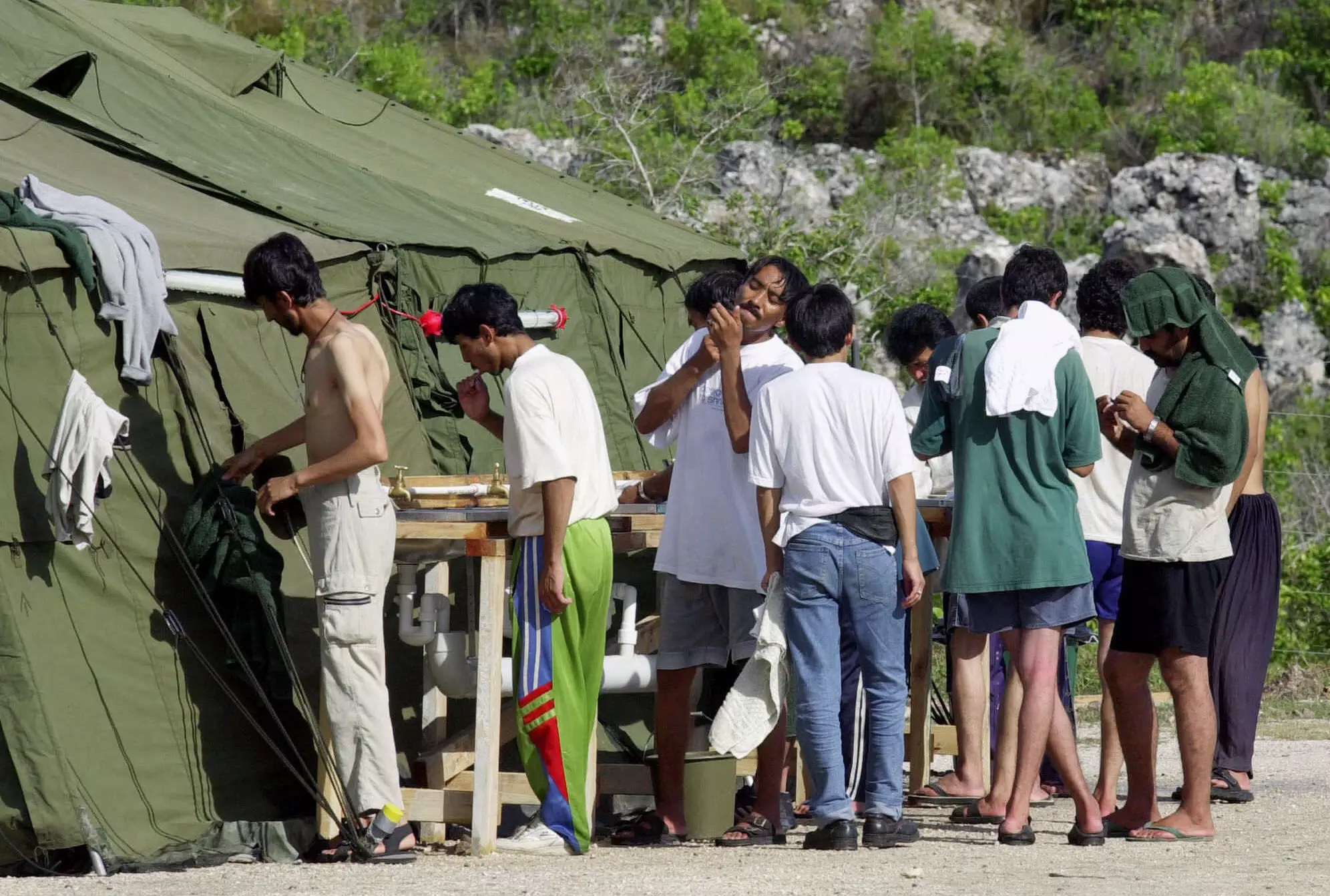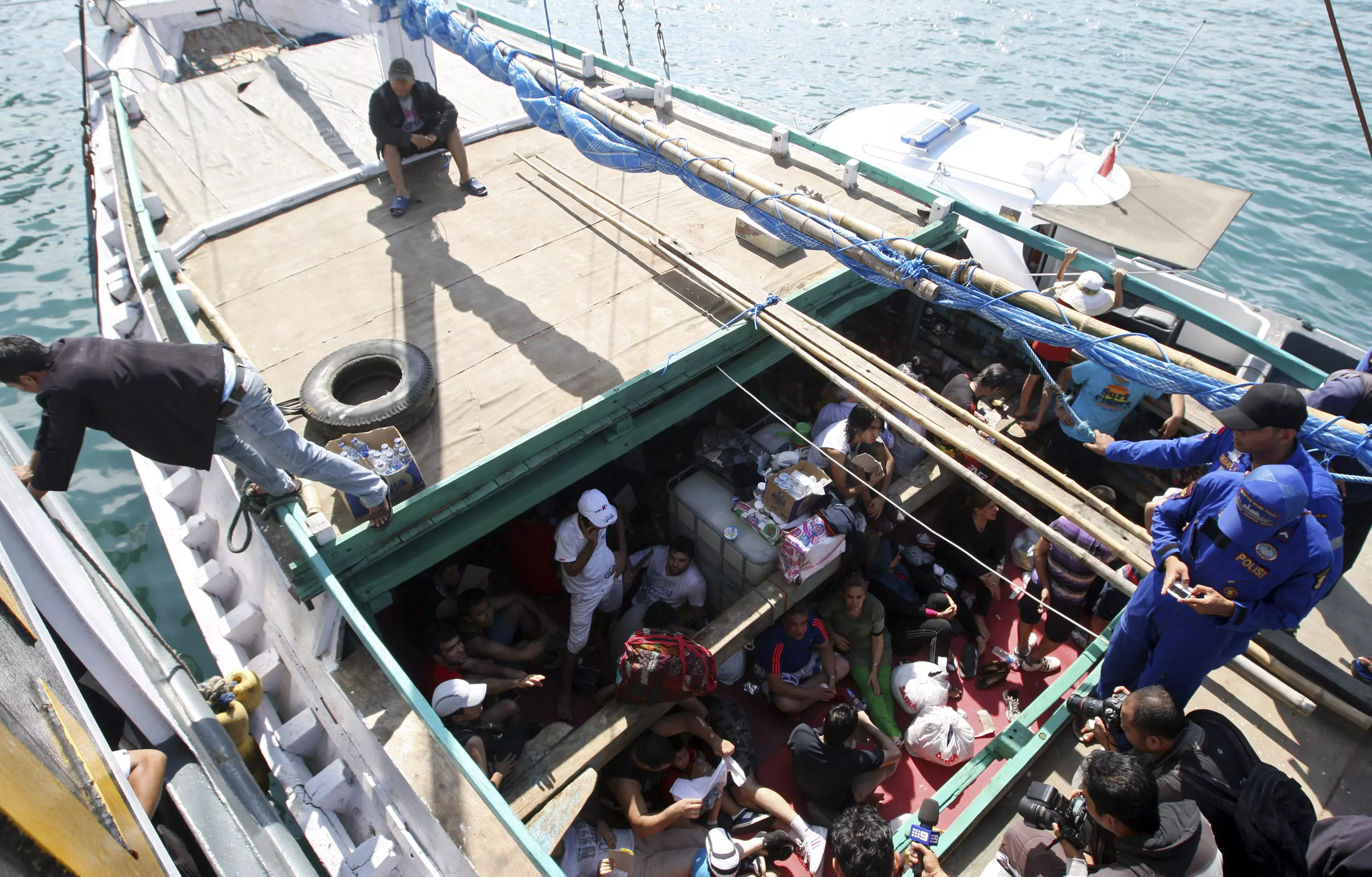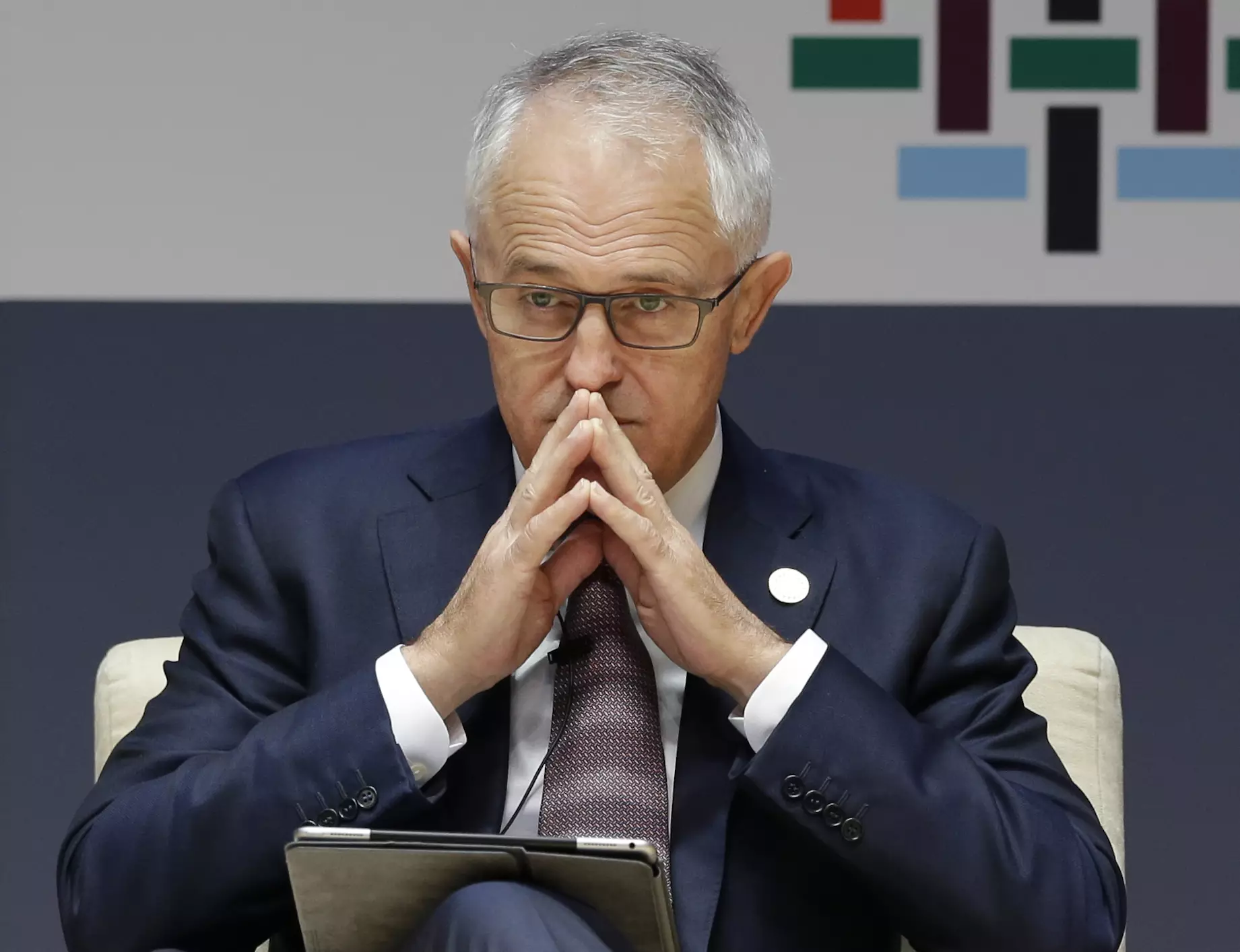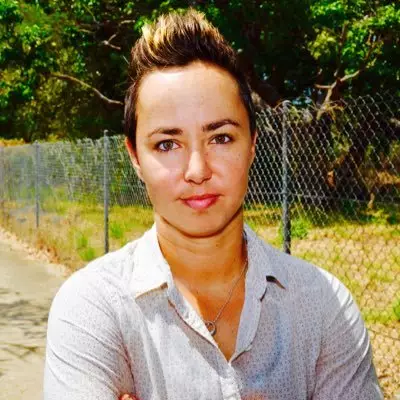
The Australian government has long detained asylum seekers on Papua New Guinea's Manus Island and the island nation of Nauru. Unwilling to bring them to Australia and facing international condemnation for human rights violations in the processing centres, the government of Prime Minister Malcolm Turnbull is in need of a permanent solution. They may have found that solution in the United States.
For a country with such a long coastline, Australia is remarkably good at keeping boats away. Since 2001 successive governments have made it easier to legally intercept crafts carrying asylum seekers and tow them to nearby islands for offshore processing. While no vessel has made it to Australia in more than two years, the country's government is now in a difficult position as international condemnation grows over the treatment of refugees on Manus Island, which sits off the north east coast of Papua New Guinea to the north of Australia and Nauru, which is to the east of Papua New Guinea. They can't be left there much longer but, according to the government, settlement in Australia is out of the question.
Advert
"It's become such a toxic political issue in Australia, we're now in a situation where if either political party lets one person in, that's going to be seen as a failure," says Dr. Graham Thom, Amnesty International Australia's National Refugee Coordinator. "So the only solution to the misery that it has caused 2,000 people currently on Manus and Nauru, is to get them to a third country."
Enter the United States. The US has agreed to begin resettling detainees from the islands, as well as some of the more than 300 asylum seekers already living in Australian communities. Details of the process are unclear, and there is no official timeline, but officials from the US Department of Homeland Security are expected to travel to Australia soon to begin the vetting process.

Caption: Iranian asylum seekers close to Manus Island in 2013; Credit: PA
Advert
According to data from the Australian Border Force, there are currently 396 people in detention on Nauru, and 873 on Manus Island. Data on the nationality of the asylum seekers are harder to come by, but according to two recent Senate inquiries, the largest group came from Iran (38 percent), followed by Pakistan (10 percent), Afghanistan (nine percent), Sri Lanka (eight percent), Iraq (seven percent) and Bangladesh (six percent). A further 14 percent came from other countries in Africa and South Asia, and eight percent of people on the island were registered as stateless.
Asylum seekers will be referred to the US by Australia with the endorsement of the UNHCR, the UN refugee agency. "The announcement that has been made is a very welcome development," says UNHCR External Relations Officer Catherine Stubberfield. "It is a momentous decision for refugees who have been waiting for an adequate solution to this situation, a solution that they need and deserve."
Refugee status is recognised under the definitions of the Refugee Convention of 1951, and those who meet the criteria will be eligible for resettlement. As of 31 May, 2016, 77 percent of people in Nauru whose asylum application had been processed were recognised as refugees, while that figure stands at 98 percent in Papua New Guinea. It is not known, however, what other criteria the US will use in deciding who they accept.

Caption: Australian Prime Minister Malcolm Turnbull could have a solution; Credit: PA
Advert
Detainees who are not accepted for resettlement will be given two options. First, they can apply for a 20-year visa on Nauru, a country with a population of just 10,000-plus. The second option is to return to their country of origin. This is a particularly dire choice for Iranians, as Iran has said they will not allow back people repatriated against their will.
Natasha Blucher is Detention Advocate for the Asylum Seeker Resource Centre. She says further details on the deal will not necessarily be forthcoming: "A lot of the time the [Australian] government does seem to just press ahead without communicating well to the people who are concerned, but more importantly to the people it will impact. I've been getting phone calls from people who are on Nauru and Manus, with a myriad of questions, and they're all questions I can't answer." According to Blucher, when one asylum seeker asked for more information, they were handed a slip of paper with the URL to the US State Department website written on it.

Caption: Natasha Blucher of the Asylum Seeker Resource Centre; Credit: Twitter
Advert
Nonetheless, Blucher is cautiously optimistic. She explains: "When the announcement was made, we heard from a lot of people on Nauru and Manus who were celebrating. They really couldn't care less where they go, as long as they get out of Nauru or Manus and they have somewhere safe to live and build a future."
So why did the United States agree to this deal? Partially, it seems, because they have refugee troubles of their own.
At the UN Summit for Refugees and Migrants last September, Prime Minister Turnbull announced Australia would be resettling Central American refugees living in camps in Costa Rica. The Australian government has not prioritised people from Latin America for decades. "It was a little curious," says Kevin Appleby, Senior Director of International Migration Policy at the Centre for Migration Studies. "Now the other shoe has dropped, and we see that the US is going to take refugees from Papua New Guinea and Nauru. So, if you connect the dots, there is a quid pro quo between the two countries. We'll take your undesirables, and you'll take ours."
There is of course one major impediment to the success of the deal, and he takes office on January 20th. Will President-elect Trump cancel the deal, in line with his anti-immigrant rhetoric?

Caption: US President-elect Donald Trump; Credit: PA
Advert
Appleby is not sure this is such a concern. He says: "He could get there on day one and reverse the decision if it hasn't been completed, if people haven't come yet. I don't know if he'll do that, I think he's got bigger fish to fry, but you know, he's surprised people in the past.
"It hasn't received the attention that it might have in another news cycle. The issue of migration looms large in political discourse right now, but the focus is on what he is going to do with the people who are here already."
Regardless, Appleby is confident the process can be completed in the two months before Trump takes office, explaining: "When the US government has the political will, it has the way. We have the capacity to do it, and so I expect that they will be able to meet that target."
The US may have just elected an explicitly anti-immigrant president, but Amnesty's Dr. Thom thinks this deal is in keeping with the country's past, saying: "The US has a long history of resettling refugees, a proud history. They are the country, really, when it comes to global resettlement, so from that perspective, it makes perfect sense that the US would be happy and willing to do this."
However, Appleby does not think it will set much precedent for the incoming government: "Let me put it this way: if this was six months from now, this deal wouldn't be happening."
Words by Frey Lindsay
Featured image caption: A refugee camp on the island of Nauru in the Noughties; Credit: PA
Featured Image Credit: